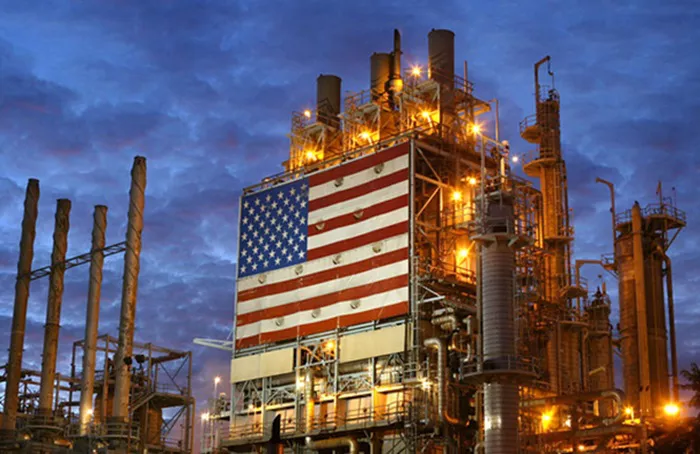In the aftermath of Storm Rafael, more than a quarter of oil production and 16% of natural gas output in the U.S. Gulf of Mexico remain offline, according to the Bureau of Safety and Environmental Enforcement (BSEE). As of Sunday, approximately 482,790 barrels of oil and 310 million cubic feet of natural gas production were shut in due to the storm’s effects.
The storm, which initially made landfall as a major hurricane, has since been downgraded to a tropical storm. However, its impact on production has been significant, with 37 out of 371 manned production platforms still evacuated—representing about 10% of the region’s operational capacity. Although companies such as Chevron and Shell have begun returning workers to their offshore facilities, full operational capacity has yet to be restored.
To date, production losses attributed to Storm Rafael have totaled approximately 2.07 million barrels of oil and 1.12 billion cubic feet of natural gas. The U.S. Gulf of Mexico is crucial for energy supply, accounting for about 15% of total U.S. crude oil production and 2% of dry natural gas production.
The ongoing shutdowns have raised concerns about the stability of oil supplies in the region. However, as the storm’s threat diminishes, market analysts are beginning to reassess their outlooks for oil prices. The National Hurricane Center has indicated that Rafael will meander in the central Gulf before turning south and southwest early this week, further reducing immediate supply disruption fears.
Despite these challenges, oil prices have shown resilience. Brent crude futures were recorded at around $73.68 per barrel, while U.S. West Texas Intermediate (WTI) crude was trading at approximately $70.13 per barrel as of early Monday morning.
Compounding these issues is the disappointment stemming from China’s recent economic stimulus package announced during the National People’s Congress (NPC) meeting. Analysts have expressed dissatisfaction with the measures, which focused primarily on reducing government debt rather than directly stimulating consumer spending or bolstering fuel demand.
Tony Sycamore, an analyst at IG Markets, noted that the lack of targeted fiscal measures left investors wanting more substantial support to drive growth in fuel demand from the world’s second-largest oil consumer. The absence of aggressive stimulus initiatives has led analysts at ANZ to predict that Chinese policymakers may be holding back until they can assess the potential impacts of policies from the incoming U.S. administration under President-elect Donald Trump.
Looking ahead, traders are closely monitoring upcoming meetings such as the Politburo meeting and Central Economic Work Conference scheduled for December. These events are expected to provide further insights into China’s economic strategy and potential counter-cyclical measures aimed at boosting consumption.
In the U.S., there is also speculation regarding how Trump’s administration might influence domestic oil production policies. While some analysts believe that increased tariffs on imports could create headwinds for global oil supply chains, others caution that any significant changes to U.S. production forecasts are unlikely in 2025.
Tim Evans from Evans Energy remarked that while producers might be inclined to ramp up supply, they will likely proceed cautiously given OPEC+’s plans to gradually increase production targets over the coming years.
In summary, while more than a quarter of oil production in the Gulf of Mexico remains offline due to Storm Rafael’s impact, market dynamics are shifting as concerns about immediate supply disruptions ease. At the same time, disappointing stimulus measures from China have left investors wary about future demand growth in one of the world’s largest energy markets.
As both local and global factors continue to influence oil prices and production levels, stakeholders in the energy sector must remain vigilant and adaptable to changing market conditions.
Read more:

